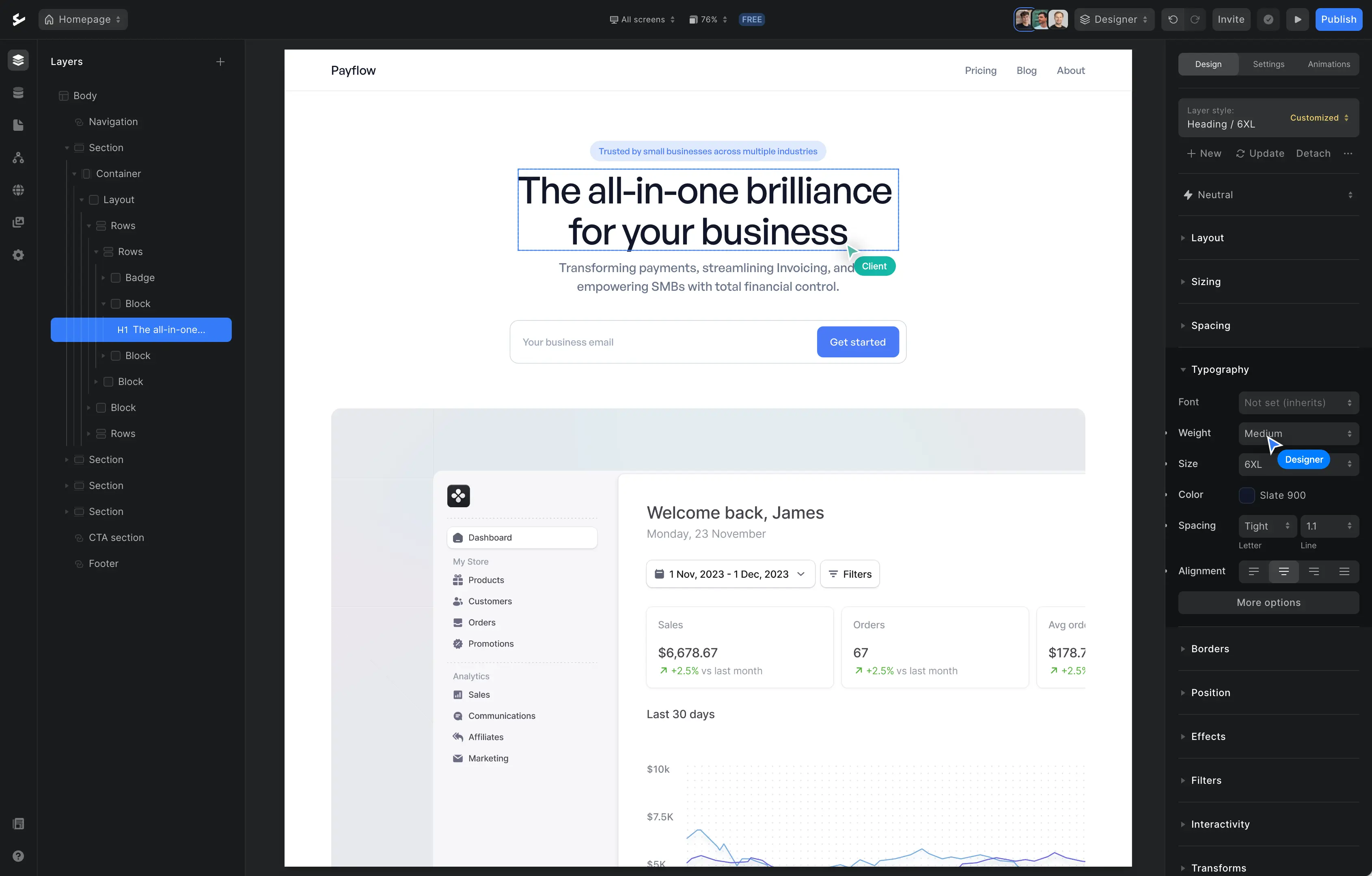
Tired of Wordpress templates and limited customisation options? Design and build your own custom blog in Ycode. Have full control over how it looks and works.
By the end of this tutorial, you'll learn how to create databases (CMS) with relationships, static and dynamic pages. Moreover, we will also cover some advanced features like creating a search field and building a comments component.
Let's get into it!
#1 Setting up your database and pages
In the first video you'll learn how to structure your database (CMS) and organise pages so that it's easier for you to later design the frontend of your Ycode blog.
#2 Building your navigation section
Once your database and pages are created it's now time to build the site. Let's start with the navigation component.
#3 Listing out your blog posts
Now it's time to list the blog posts on the home page (their titles, descriptions and the authors).
#4 Designing your article page
In this video you'll learn how to create a dynamic page for your blog posts.
#5 Adding an author bio
We already have a basic blog built on Ycode. Let's now use the advanced database relationship feature and add the author bio to the dynamic blog post page.
#6 Adding a search field
When your blog grows you might want to add a search area to help your readers find what they're looking for. Here's how you can build one with Ycode.
#7 Adding a hover effect
This video is about adding a small but important design improvement - a hover effect to help your users navigate through the blog posts.
#8 Adding a comment section to your blog posts
Finally, you want to engage with your visitors with comments under your blog posts. There are a few ways of doing this (including third party services). In this video you'll learn how to easily build a commenting system with just Ycode.
We’re done!
You did it. Your first custom blog, designed by you and built in Ycode, is ready!
Give us some feedback in the comments and let us know what you'd like to learn in our future videos.
Thank you!
Get your project started today
Discover our intuitive visual editor, use built-in CMS collections, SEO features and launch your web projects with ease.

